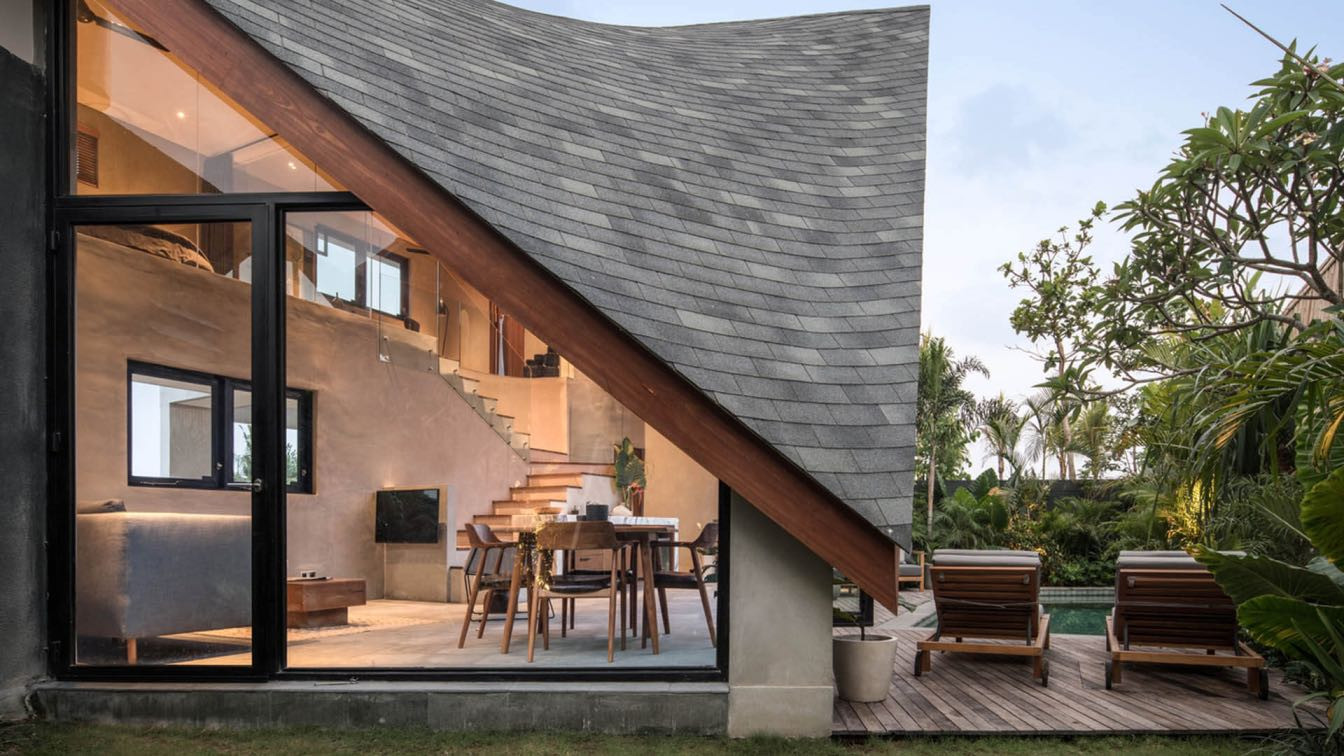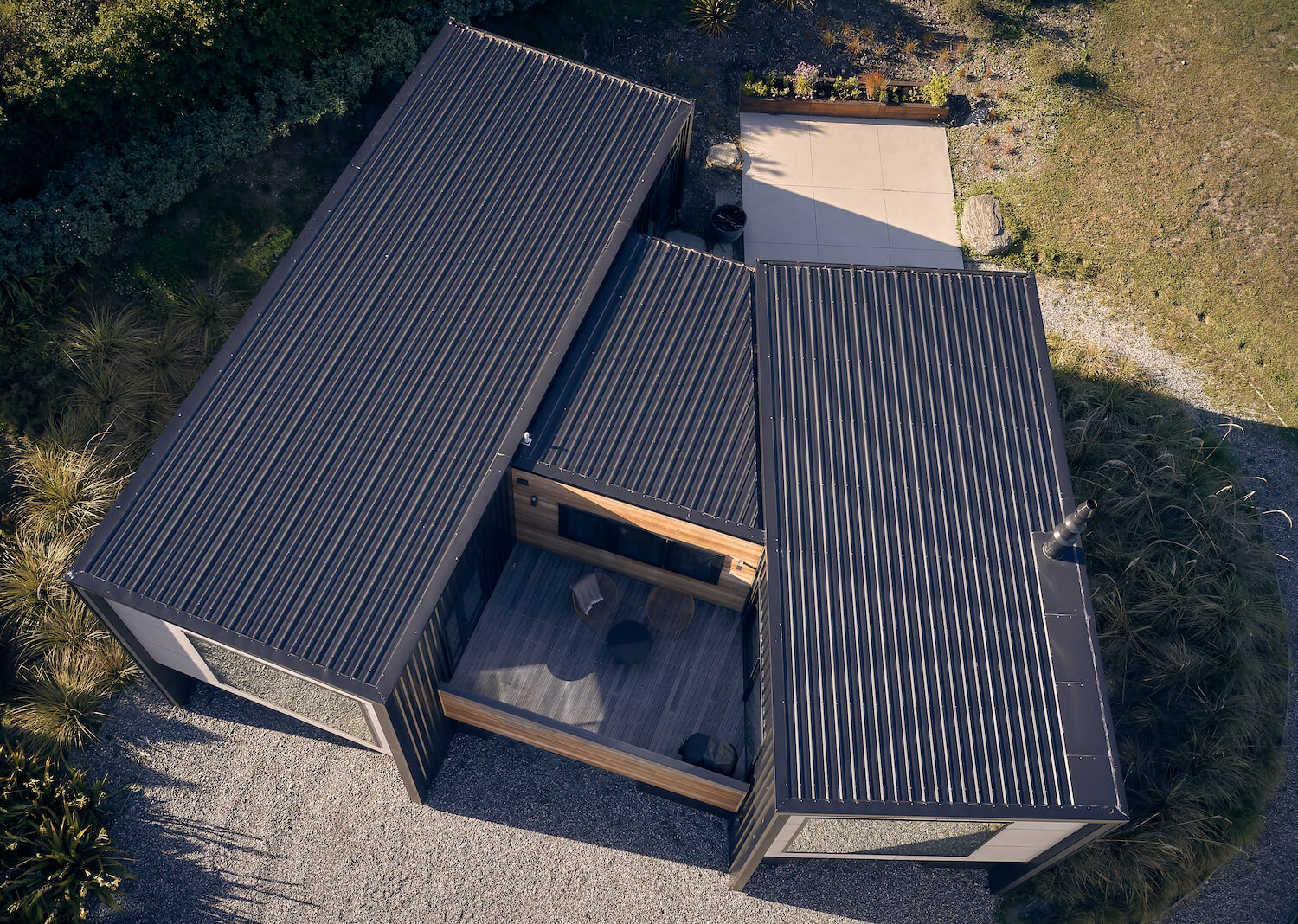The roof is the most essential aspect that makes up a house. The construction of this area, therefore, should never be taken lightly. It must always be done with utmost care and precision because even the smallest mistake can lead to a very big problem. This includes choosing the best material for the roof. There are numerous options available, and this can make the task quite difficult as each one offers its distinct advantages and drawbacks.
It's important to know that there will always be a trade-off when choosing which material is best for your roof. You must weigh in all factors such as cost, durability, and style among other things. Prioritizing these factors will help you narrow down the type that's right for your needs. The following will provide an overview of the most popular roofing materials on the market today.
 image © KIE
image © KIE
Slate
Slate is an excellent choice for people who want something more natural for their roofs. This type of material comes from the earth so you can expect it to be organic and environmentally friendly. It's available in different colors and patterns, too, which will make your roofing look unique and distinctive. You can't go wrong with slate because it offers amazing weather protection against strong winds and heavy rain that are very common in Olathe during the spring months, without causing damage to other materials like asphalt might do. According to Olathe roofing experts, the material is also long-lasting but it has one major disadvantage: it's very heavyweight which makes installation a bit challenging for some people who aren't experienced at installing roofs. So if you opt for this solution, make sure you hire professionals to do the job.
Asphalt
Asphalt shingles are very popular because they are readily available, economical, and durable. This type of roofing material lasts for an average of 20 years so you don't have to worry about a frequent roof replacement. Since asphalt is a petroleum product, it doesn't contain any plant fibers which makes it resistant to fire. It also provides great insulation because it can repel heat when warm and retain cool air when cold. However, this quality makes the material vulnerable to damage from moisture. During the winter months, strong winds may cause shingles to peel or break apart. This happens more often in regions that experience freezing temperatures throughout the year. Another downside of using asphalt is that it can cause some roofing materials, such as wood, to deteriorate quicker. Asphalt shingles also tend to be more expensive than other options.
Metal
Metal roofs are gaining more popularity in Kansas City these days because they are very durable and require minimal maintenance once installed properly. They are also good insulators, which means that they can lower the utility bills significantly especially before installation when there's no insulation on the roofing material yet. Unlike asphalt, metal does not absorb heat so it won't get damaged by warm air in hot weather. It's efficient at keeping out rainwater and snow which makes it great protection against wind damage happening during the winter months. The downside to using metal is its high cost compared to other materials that provide similar benefits. Nonetheless, most homeowners agree that it's worth it because of its durability and effectiveness.
There are various types of roofing materials available in the market, each offering unique advantages and aesthetic appeal. One popular option is metal roofing, which is known for its durability, longevity, and low maintenance. Metal roofing contractors specialize in installing and repairing this type of roof, ensuring a high-quality and long-lasting installation. Other common roofing materials include asphalt shingles, known for their affordability and ease of installation, and clay or concrete tiles, which add a classic and elegant touch to any structure.
 Home for a Winemaker in Arrowtown, New Zealand by Stacey Farrell Architect
Home for a Winemaker in Arrowtown, New Zealand by Stacey Farrell Architect
Wood
This is another great option that boasts the benefits of being earth-friendly as well as durable over time. However, it's more expensive than other options that require replacement much more often. Wood is also susceptible to rotting when exposed to moisture for extended periods. That means you will need to add a layer of protective coating, which can be costly in the long run. On the bright side, though, wooden roofs look amazing and they can maintain their natural appearance over time without needing any additional refinishing work. All in all, wood is a decent choice but consider other options because it's not always cost-effective in the long term.
Tile
Tile roofs also look great and provide weather protection at an excellent level. It's easy to care for as well because all you have to do is hose off your roofing material once or twice a year. It's also available in different styles and can be customized to create a unique look that matches the rest of your home. Tile roofs are very durable and won't rot easily even after prolonged exposure to moisture. However, this material is heavy which makes it hard to install without professional help. You will also need to replace tiles that have been broken or chipped during a storm or other weather-related events. To make matters worse, you may not find local suppliers for custom tiles so you would need to import them from overseas which raises your overall costs as well as takes more time before installation can be completed.
 image © Jean Louis Tosque
image © Jean Louis Tosque





